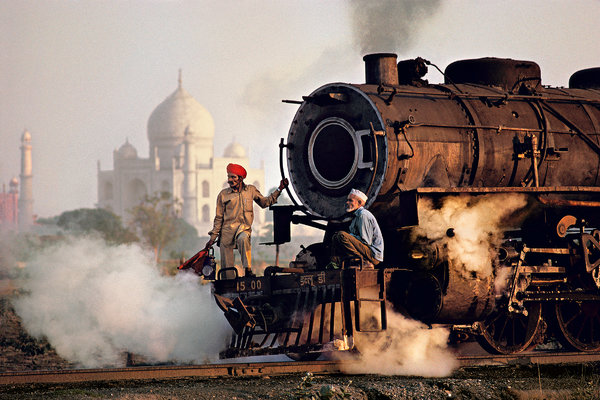For those of you still haven’t considered the fundamental questions raised in this exam paper between Truth, Fantasy or Fiction, please select one or more of these 4 case-studies and produce an in-depth blog post that illustrates your thinking.
1. In the recent terrorist attacks in Brussels Fox News was reporting from the Place de la Borse. Video footage shows a young photographer posing a woman in front of a makeshift memorial: is it bad journalism ethics, or just the way it’s done?
Read the Guardian newspaper article here and make a blog post that expresses your own thoughts and views.
Further insight can be read here on Petapixel
Here is the image that photographer, Khaled Al Sabbah posted on Instagram
2. Another image from the Brussels attack has also generated a lot of chatter on social media.
A photograph of a woman in shock with torn clothes and injured foot has gone around the world.
Read a few articles here.
Following the second explosion, Kardava (the woman who took the image on her phone) fought her urge to run to a safe place. “I also wanted to take pictures. As a journalist, it was my duty to take these photos and show the world what was going on. I knew I was the only one at this spot.”

Is there a moral dilemma in photographing people injured or dying? As photojournalist should you take the image?
What is your view? How has this image become iconic of the terrorist attacks in Brussels airport?
3. Jeff Wall, Canadian artists known for his large scale tableaux image presented in light-boxes
Today, most of his images resemble reportage and, as such, are likely to incense his detractors, who claim he’s not a “true” photographer. His most contentious new work, called Approach, shows a homeless woman standing by a makeshift cardboard shelter in which we spy the foot of what could be a sleeping vagrant. Wall tells me it was shot under an actual freeway where the homeless congregate and that “it took a month to make, working hands-on” – but he won’t divulge just how staged it is. Is this an actual homeless woman, or an actor? Is the shelter real, or was it built by Wall’s team of assistants to resemble one?
Re-creating images from memory is crucial to Wall’s practice – perhaps because it flies in the face of the tradition of photography as an act of instant witnessing.
“Something lingers in me until I have to remake it from memory to capture why it fascinates me,” he says. “Not photographing gives me imaginative freedom that is crucial to the making of art. That, in fact, is what art is about – the freedom to do what we want.”
Read full interview with Jeff Wall here
In terms of truth or communicating an idea that make references to a real social problem such as homelessness, does it matter if the image is staged or not? Where does authenticity come into the picture?
4. The images of renowned photographer Steve McCurry, who made the famous and iconic image of an Afghan girl for a front cover of National Geography has recently been criticized for making ‘too perfect pictures’ which not only are boring but reinforces a particular idea or stereotype of the exotic other.
Read this article by Teju Cole in the New York Times Magazine which compares McCurry’s representation of India with a native photographer, Raghubir Singh who worked from the late ’60s until his untimely death in 1999, traveling all over India to create a series of powerful books about his homeland.


Reference to Coldplay’s new video also highlight the idea of cultural appropriation that harks back to Britain’s colonial rule and exploitation of the Orient.
Read this artcicle on Petapixel in In defense of Steve McCurry’s images
What is your view? Back it up with references to article read and include quotes for or against.





